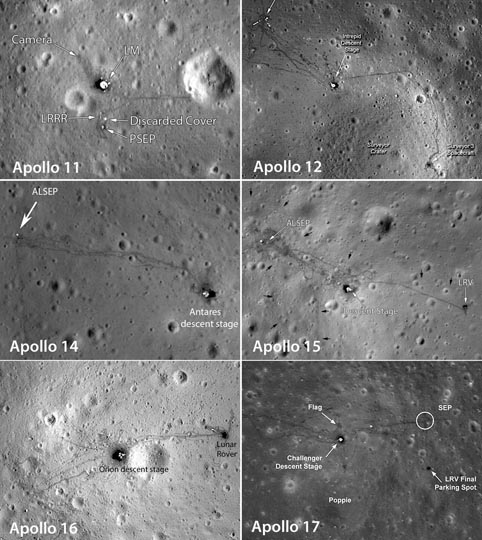The second effect is an illusionary one. For a variety of reasons having to do with how the human eye and brain work together, the human brain interprets a full moon lying near the horizon to appear larger than when it lies high in the sky, away from the horizon. You can test for yourself that the Moon's angular diameter is exactly the same near the horizon as it is when it is up high in the sky, by holding an object at arm's length whose angular size matches that of the moon (see also the top photo). You can go here, here, here, and here for further information about this illusion - the psycho-physiological explanations are still controversial! NASA has a webpage providing a nice summary of the problem and several links for more information. The same illusion applies to a rising or setting Sun.
Now sometimes these effects can work together to produce a "really big Moon" as it lies near the horizon. A rising (or setting) full Moon that lies at perigee (its closest approach to Earth) will indeed appear to loom extra large along the horizon. Part of the effect is real, part is an illusion.




















